Apply to a foreign university with confidence
- Properly fulfilled documents
- Perfect motivation letter
- Support from a personal mentor
- Offers from several universities
US universities are the most prestigious in the world. 34 of them are among the world’s top 150 according to the QS ranking. What makes them so special and why students want to study here?
Free consultation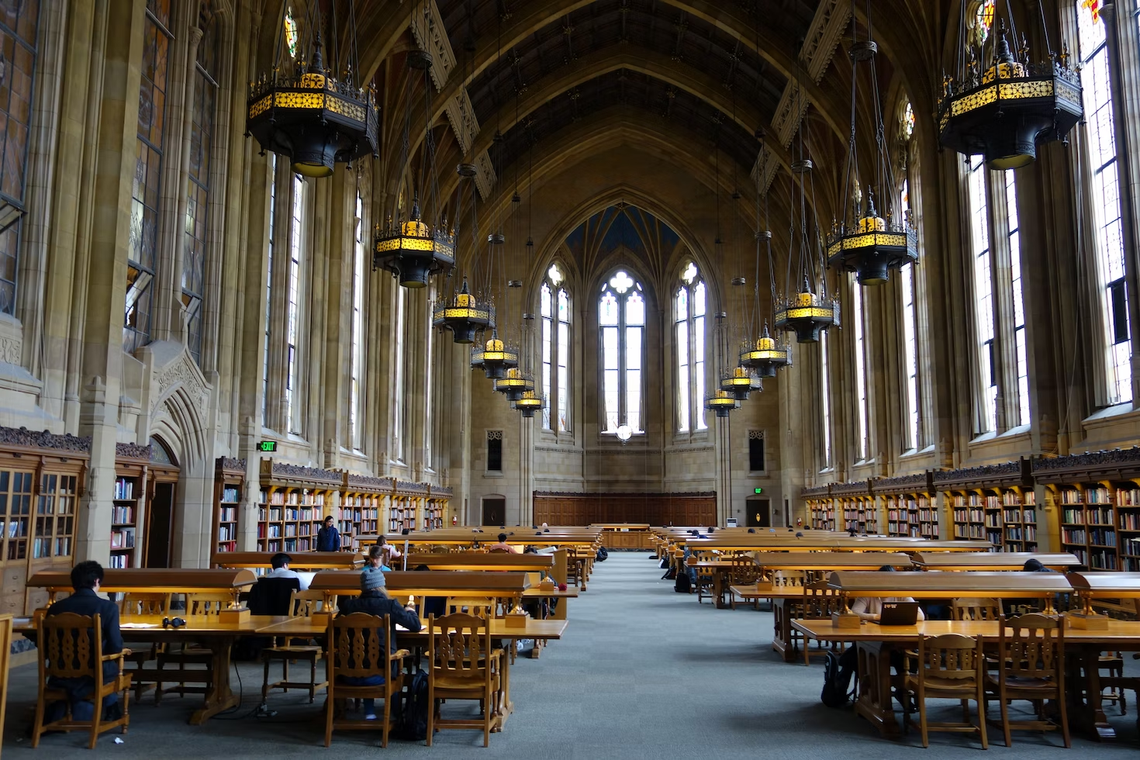
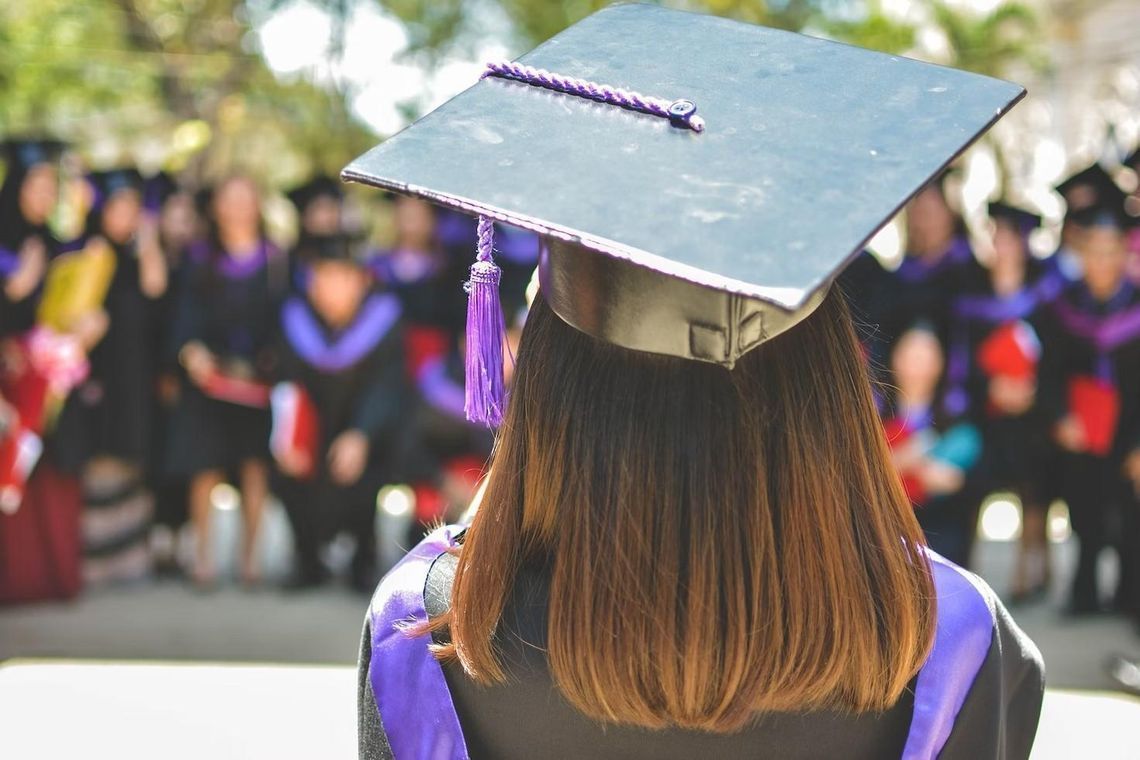




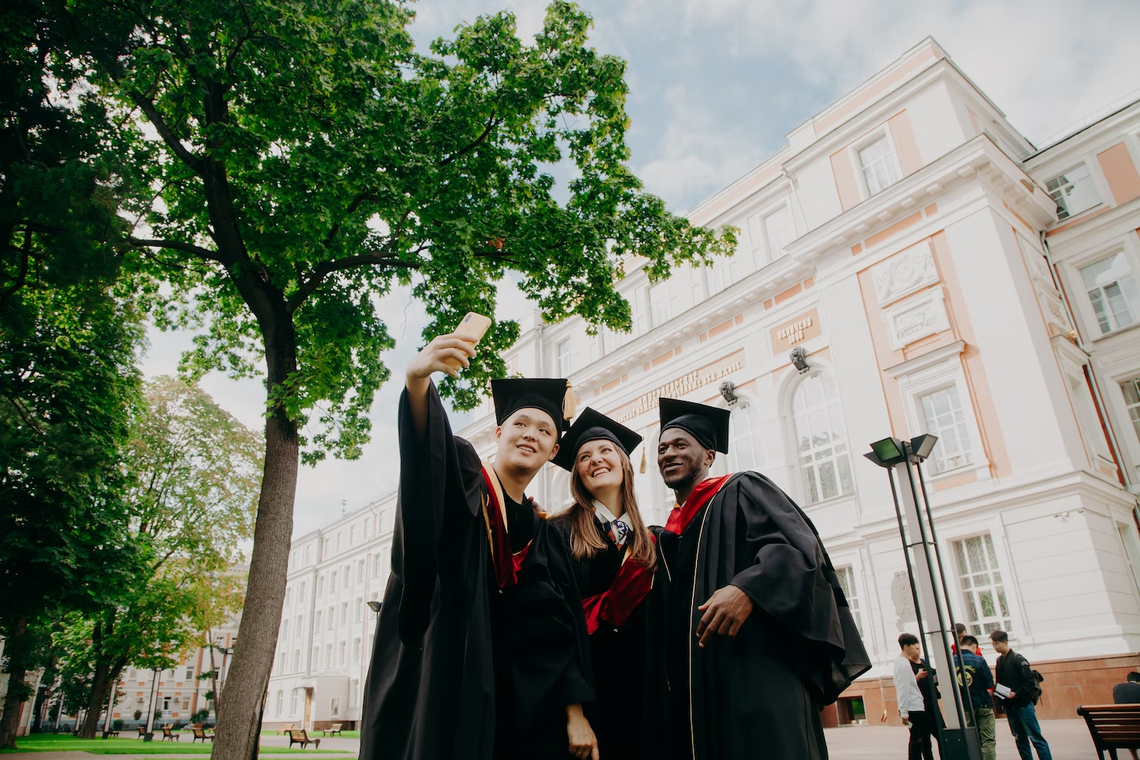


US universities are considered the most prestigious in the world. According to the QS 2020 ranking, 38 of American universities are among the world’s top 150. The front-runners are Massachusetts Institute of Technology, Harvard University, and Stanford University. Largely due to their reputation, an American degree opens up excellent career prospects anywhere in the world. However, when submitting documents, one should take into account that there is no free education in the USA.
Admission to US universities and colleges is characterized by extremely high competition. Another challenge is taking standardized tests such as SAT / ACT and GRE / GMAT. The selection is also based on the language test results, Grade Point Average, letter of motivation and other application documents.
Items 1-6 of 8,035
Advanced searchItems 1-6 of 8,035
Advanced search| Cost | University | State | Rating | Category according to US News |
| 6,187 USD | Delta State University | MS | 92 | Regional universities |
| 6,224 USD | Minot State University | ND | 106 | Regional universities |
| 8,134 USD | Bemidji State University | MN | 99 | Regional universities |
| 8,293 USD | Oklahoma Panhandle State University | OK | RNP | Regional colleges |
| 8,312 USD | West Texas A&M University | TX | 80 | Regional universities |
| 8,894 USD | Mayville State University | ND | RNP | Regional Colleges |
| 9,563 USD | Northern State University | SD | 47 | Regional Colleges |
| 9,703 USD | Midwestern State University | TX | RNP | Regional Universities |
| 9,795 USD | South Dakota State University | SD | 181 | National Universities |
| 9,804 USD | Wayne State College | NE | 84 | Regional Universities |
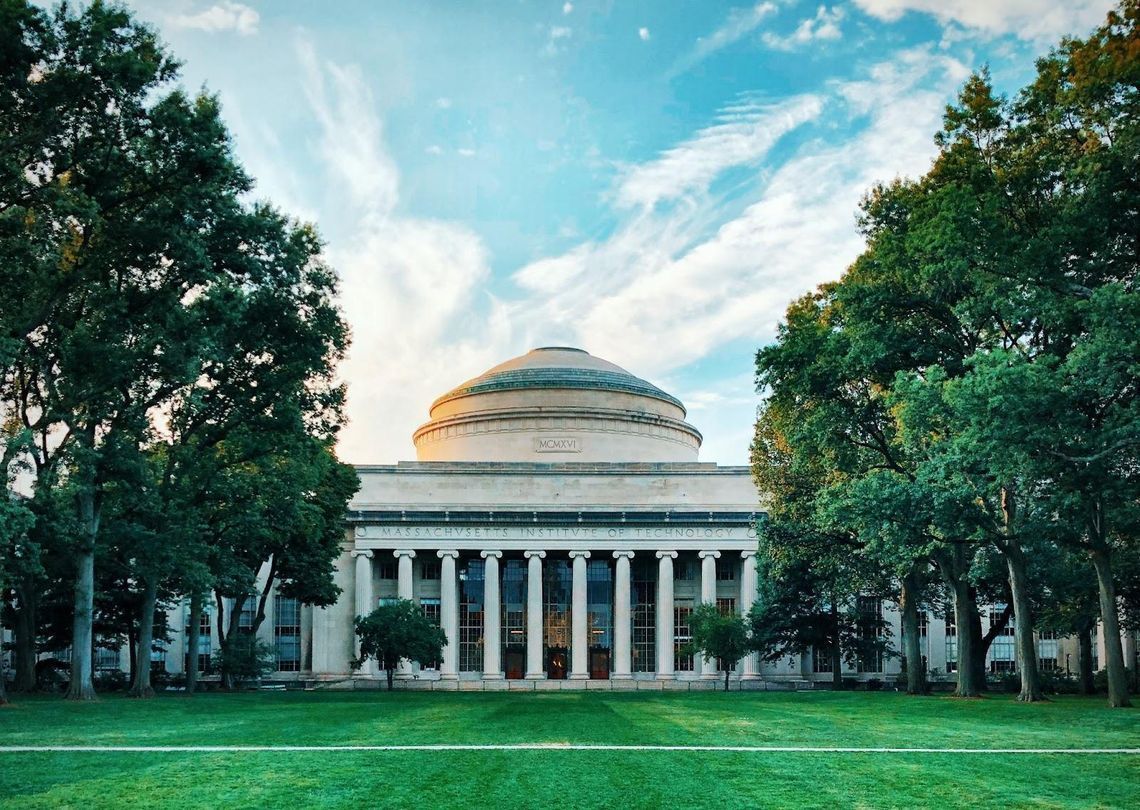
| Type of study | Age | Duration | Min. cost | Avg. cost | Min. language level | Exams |
|---|---|---|---|---|---|---|
| Pathway / Pre-Master's | 16+ | 1 year | 15,000 USD/year | 30,000 USD/year | B1 | TOEFL iBT 55 |
| Two-year college | 16+ | 2 years | 4,000 USD/year | 12,000 USD/year | B1 | TOEFL iBT 55 |
| Undergraduate | 17+ | 4 years | 18,000 USD/year | 30,000 USD/year | B2 | TOEFL iBT 61, SAT / ACT |
| Master's | 20+ | 2 years | 18,000 USD/year | 25,000 USD/year | C1 | TOEFL iBT 78, GRE / GMAT |
| Medical school | 20+ | 4 years | 25,000 USD/year | 40,000 USD/year | C1 | TOEFL iBT 78, MCAT |
| Doctorate | 20+ | 4-6 years | 18,000 USD/year | 25,000 USD/year | C1 | TOEFL iBT 78, GRE / GMAT |
There is no unified application system for international students in the US. Documents are submitted through the websites of universities. There are usually 3 intakes here: Fall, Spring, and Summer. Taking exams (SAT / ACT or GRE / GMAT), collecting documents and other application processes can take quite a long time, therefore it is recommended to begin preparing a year before the course starts.
At US universities, there are usually several admission periods:
Universities may require an evaluation report from one of the authorised independent organisations, for example, WES, EСE. Depending on the organisation, it requires certified translations, academic transcripts and in some cases apostille verification. The fees vary from 100 USD to 205 USD.
After being selected, the applicant is to make an entry in a special database — Student and Exchange Visitor Information System (SEVIS). The SEVIS I-901 fee is 200 USD.
For admission to a Pathway program or Pre-Master's:
For admission to undergraduate programs basic requirements are:
For admission to graduate schools (master’s and doctoral programs):
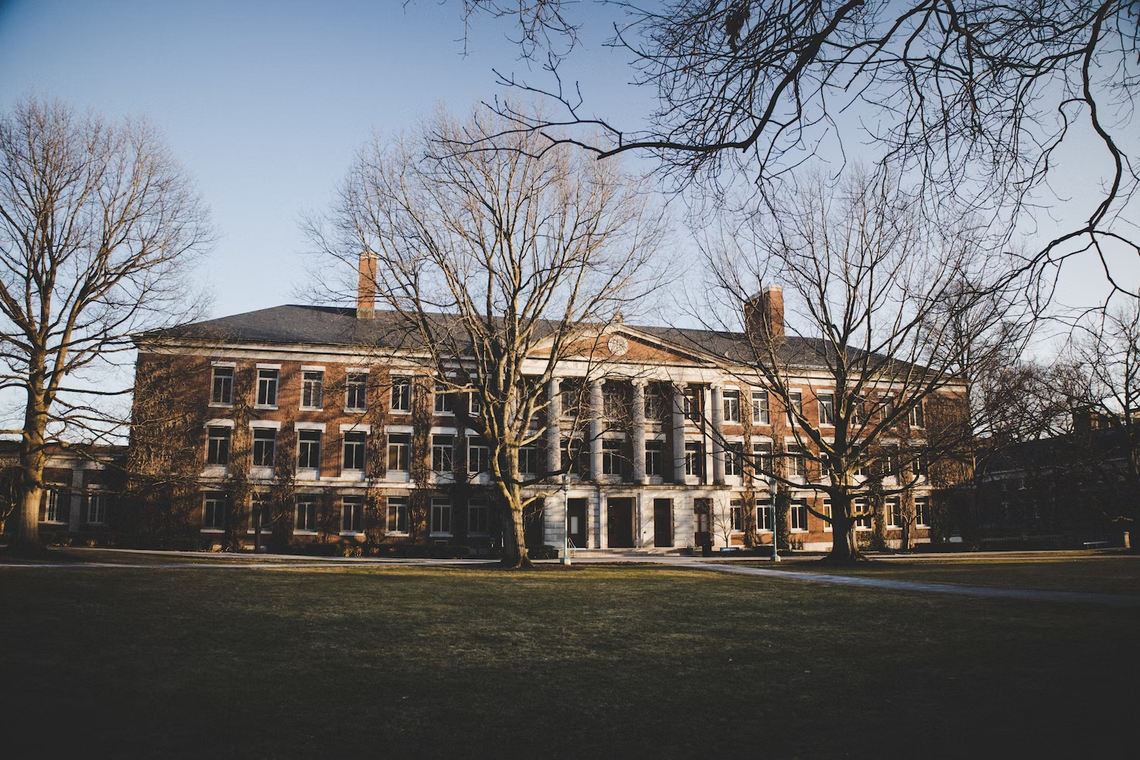
Today there are about 4.5 thousand institutions of higher education in the United States — colleges and universities. These terms are often used interchangeably and both mean educational institutions providing post-secondary education. However, some differences still exist. The following independent types of educational institutions in the USA can be distinguished:
Typically, a university has a complex structure:
Sometimes four-year colleges also offer graduate programs, which makes the line between them even more blurry. Many colleges, which are actually universities, prefer to retain their old names because of tradition, e.g. St. Joseph's College, College of William & Mary.
In the United States, there is no federal body that is responsible for the accreditation of all educational institutions. Instead, many independent organizations evaluate universities according to a number of criteria: quality of education, degrees and publishing records of the faculty, equipment of libraries, and financial solvency. This is especially important for international students since a prerequisite for obtaining a student visa is admission to one of the SEVP-certified schools.
In most countries, universities are considered to be better and more prestigious than colleges. But that is not the case in America. Here both types of four-year institutions are academically equal. At the same time, both have their pros and cons. Universities offer a wider choice of educational programs and elective courses, while colleges, due to their size, provide smaller academic groups and closer interaction with teachers.
Two-year community colleges also have some features. Upon completion of training, a student is awarded an associate's degree, which already allows a graduate to look for a job in their specialty. However, it should be noted that the average salary for associate’s degree holders is 798 USD per week, for bachelor’s degree holders — 860 USD per week. The unemployment rate is 4.3% and 2.8%, respectively[2]. Therefore, most students prefer to continue their studies in the 3rd year of undergraduate studies at four-year colleges and universities, where they can be enrolled under partnership agreements of educational institutions.
Such a scheme of transferring from one institution to another is becoming increasingly popular for several reasons. Firstly, it saves a lot of money — tuition fees of community colleges are several times lower than those of four-year institutions. Secondly, that is almost guaranteed admission — a student does not have to participate in a difficult competition in case of initial applying to a four-year college or university.
American universities are divided into private and public (state). Both charge tuition fees.
Public universities receive funding from particular states in which they are located and therefore the fees for in-state students are lower. All the rest — out-of-state students — are subject to higher rates, regardless of whether they are foreigners or residents of a different US state.
Private universities and colleges are ineligible for state funding but may receive a portion of federal research grants. Most of their income is student payments, which are usually higher than at public universities. The cost is the same for everyone, including international and out-of-state students.
State universities are mainly large educational institutions with a serious research base. Private universities offer the same or even superior quality of education. The most famous and prestigious universities in the world are private, e.g Harvard, Princeton, Stanford. However, in the USA, the type of ownership is a secondary concern. Universities are valued for their facilities and achievements of alumni. When choosing a university, one should be guided not only by prestige and rankings but also by location, campus infrastructure, courses and hobby clubs available, etc.
Many American universities are part of groups or associations.
That is no doubt the most famous group of universities in America. Initially, the Ivy League was founded as an athletic conference of sports teams from eight private universities located in the Northeast of the US[3]. Today, the term Ivy League refers to the group of elite US universities with large endowments. The Ivies are characterized by academic excellence, selectivity, and social elitism.
Items 1-6 of 7
Advanced searchThe term Public Ivies is used to refer to the best public universities in the United States. In terms of quality of education, these institutions are not inferior to private universities of the Ivy League. Membership in this group is not official and based solely on the subjective opinion of writers and academics. According to various versions, the group includes up to 30 universities. For the first time, the term Public Ivies was used by Richard Mall in his book Public Ivies: A Guide to America's Best Public Undergraduate Colleges and Universities. The original universities included in the list are the following:
Items 1-6 of 8
Advanced searchAn organization of leading private and state research universities of North America (63 in the USA and 2 in Canada[4]), founded in 1900. AAU members receive most of the federal funding for research. Membership in the Association is by invitation, which must be confirmed by at least 75% of the current members.
A national association, which includes more than 1,350 educational institutions — private and public colleges (including community colleges) and universities[5]. The mission of AAC&U is to promote the values of liberal education by establishing equality and quality as the basic principles for undergraduate education.
In America there are no free educational institutions. Tuition fees in state universities are lower than in private ones, but for international students there is no considerable difference. Many universities and colleges provide students with financial aid, based either on their financial situation (need-based) or academic achievements and talents (merit-based).
The five largest US universities accept students (local and foreign) on a need-blind basis. It means that any decent candidate who has been selected at Harvard, Amherst, Princeton or MIT, can get some funding, regardless of his or her financial situation.
There are also scholarship programs funded by various external foundations and private organizations.
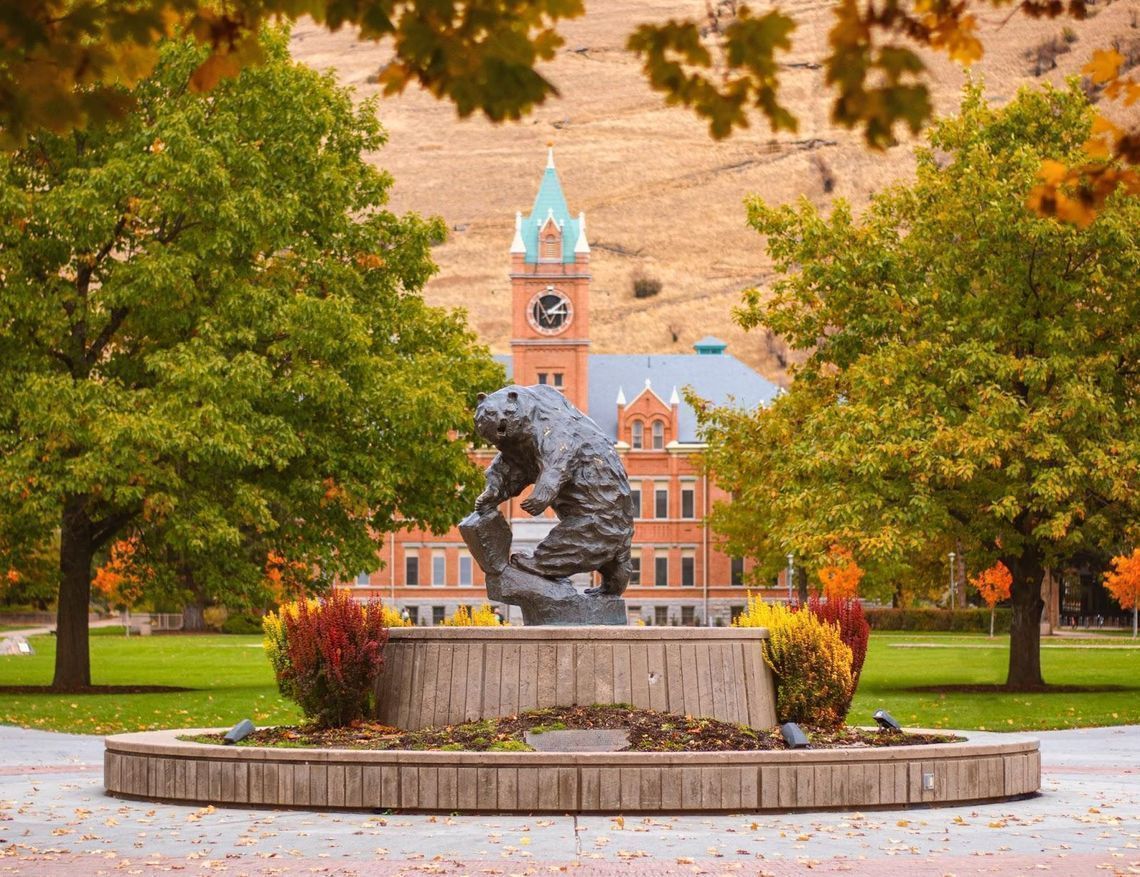
In the USA there are some of the most splendid and comfortable student campuses in the world. They are mostly located in green areas or close to parks and garden parks. Some university buildings in the USA are architectural monuments and tourist attractions.
All US universities are well equipped with scientific laboratories and research centers. At research universities, their number can reach several hundred. Also, universities have libraries, churches, sports sites. Larger educational institutions maintain their own clinics, museums, galleries, workshops, concert halls, and theater venues. University campuses are located in vast territories and have residences and apartments for students, as well as cafes and buffets.
University campuses have WiFi to access the internet, as well as the educational network. Almost always, university grounds are equipped with bicycle paths.
Education at US universities is quite flexible, based on a system of credits: students arrange their time themselves, choose subjects to study within an academic term. Examinations are taken in the middle of the semester (or trimester) and at the end of the year.
Each course of study consists of a certain number of credits (units). Normally, there is a minimum number of units set for the course. But students are not limited to the mandatory minimum and take subjects that they think might be beneficial to master the major. Usually, 120-130 credits are enough for a bachelor's degree and 30-45 — for a master's degree.
Classes at American universities are mostly seminars — students learn to think, reflect, debate, argue and discuss. Traditional lectures are not very common in the USA. Seminars, discussions and team projects are aimed at developing critical thinking.
Particular attention is paid to extracurricular and research work. Students spend a large amount of time in laboratories, libraries, research centers. Thus, students receive fundamental theoretical knowledge and consolidate them in practice.
Hobby clubs are common in the USA. There are dozens or even hundreds of them in each college or university. Usually, these are clubs for those who are keen on sports (golf, rugby, baseball, frisbee), theater, music, literature, cooking, cinema, art, foreign languages, photography, astronomy, etc. US universities welcome communities of young politicians, speakers, and debaters. There are even clubs for wine, anime, and cactus lovers. As a rule, student clubs are open to all university students. They are extremely popular among international students.
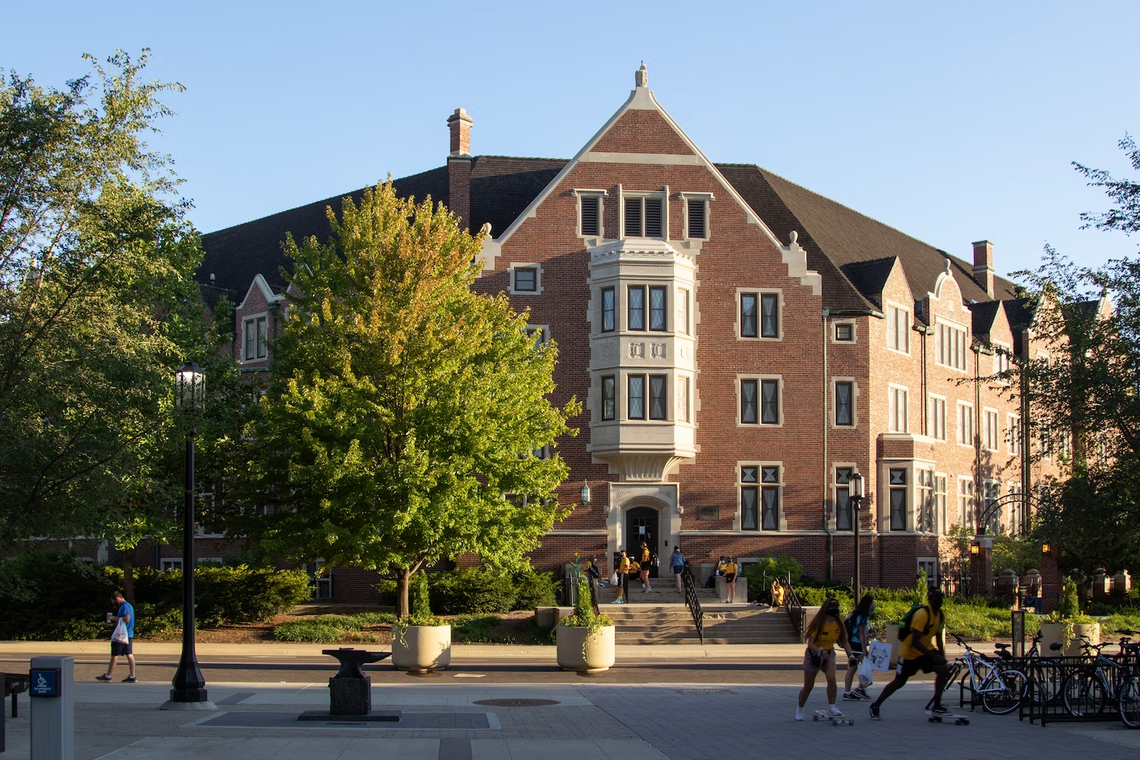
60+ countries
we work with
$1,000,000 saved
by students through scholarships
6,400 offers
our students got